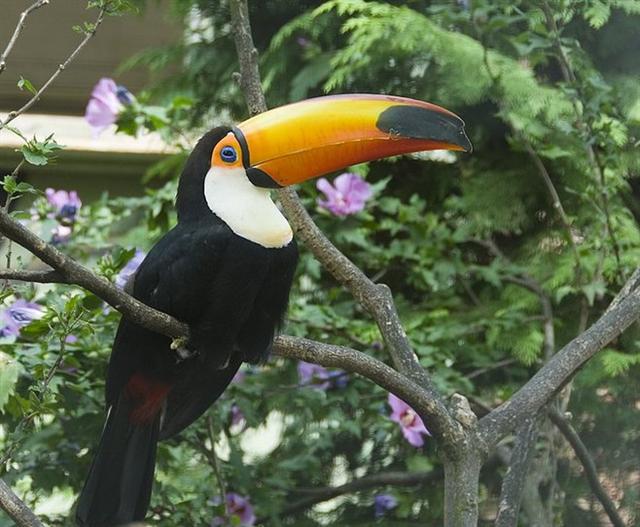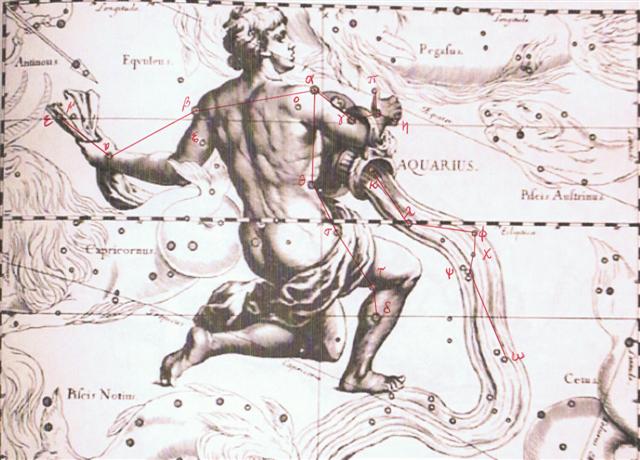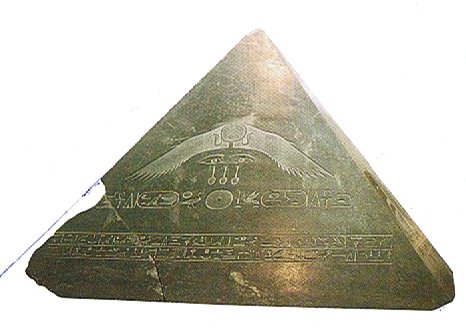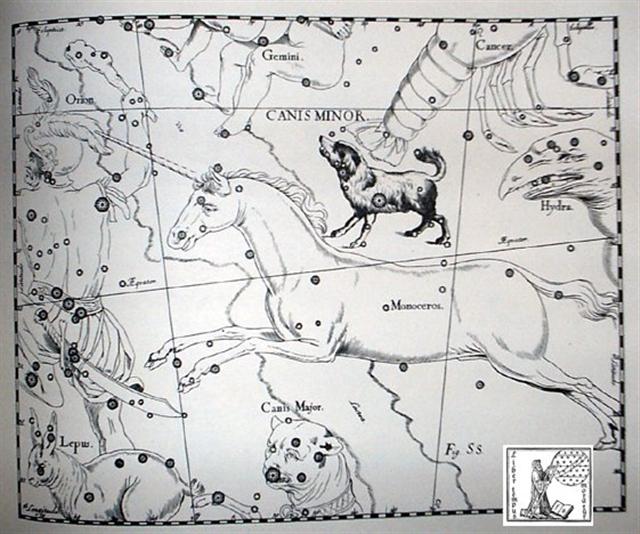The solstice glyph (Gb2-20) is
henua (earth) with lines across, which probably
were there
to indicate a dark earth:
 |
 |
 |
|
 |
 |
|
Gb2-12 |
Gb2-13 |
Gb2-14 |
Gb2-15 (270) |
Gb2-16 |
|
LUCIA |
DECEMBER
14 |
15 |
16 (350) |
17 |
|
Kuh (331.4),
γ Gruis
(331.5) |
no star listed (332) |
η Piscis Austrini
(333.4) |
22h (334.8) |
ι Pegasi (335.0), Alnair
(335.1), μ Piscis Austrini, υ
Piscis Austrini (335.3), Woo
(335.7), Baham, τ Piscis
Austrini (335.8) |
|
Kae Uh (334.0), Al Kurhah
(334.4),
SADALMELIK,
Al Dhanab (334.6), ι Aquarii, ν
Pegasi (334.7) |
|
February
15 |
16 (2-16) |
17 (413) |
18 |
19 (50) |
|
'January
19 (384) |
20 |
21 |
22 |
23 |
|
"January
5 (370) |
6 |
7 |
8 |
9 |
|
NAKSHATRA DATES: |
|
JUNE
14 |
15 |
16 |
|
17 (168) |
18 |
|
Tseen Ke (149.9) |
ν
Leonis (150.1), π Leonis (150.6) |
υ² Hydrae (151.8) |
Al Jabhah-8 /
Maghā-10 |
λ
Hydrae (153.2) |
|
10h (152.2) |
|
AL JABHAH
(152.4),
REGULUS (152.7) |
|
August
17 |
18 |
19 |
20 (232) |
21 |
|
'July
21 |
22-7 |
23 (204) |
24 |
25 |
|
"July
7 |
8 |
9 (190) |
10 |
11 |
 |
 |
 |
 |
|
Gb2-17 |
Gb2-18 |
Gb2-19 |
Gb2-20 (275) |
|
DECEMBER
18 |
19 |
20 (354 = 6 * 59) |
SOLSTICE |
|
ζ Cephei (336.2), λ Cephei (336.3),
-/270 Lac. (336.7), λ Piscis
Austrini (336.8) |
μ Gruis (337.0), ε Cephei
(337.2), 1/325 Lac. (337.3),
Ancha (337.4),
α Tucanae
(337.9) |
Al Sa'ad al Ahbiyah-23 /
Shatabisha-25 |
β/172 Lac.
(339.2), 4/1100
Lac. (339.4),
π Aquarii
(339.5)
Castor
|
|
ρ Aquarii (338.2), 2/365 Lac.
(338.5),
SADACHBIA
(338.6), π Gruis (338.9) |
|
February
20 (2-20) |
21 (52) |
22 (418) |
Terminalia |
|
'January
24 |
25 |
26 |
27 (392) |
|
"January
10 |
1-11 |
12 |
13-13 (378) |
|
NAKSHATRA DATES: |
|
JUNE
19 |
20 (171 = 9 * 19) |
SOLSTICE |
22 |
|
Adhafera,
Tania Borealis, Simiram (154.7) |
Algieba,
q Carinae (155.5) |
Tania Australis (156.0),
GHOST OF
JUPITER (156.8) |
Extended Net-26b |
|
μ HYDRAE
(157.1) |
|
August
22 |
23 |
24 |
25 (237) |
|
'July
26 |
27 |
28 |
29 (210) |
|
"July
12 |
13 |
14 |
15 (196) |
...
When it was evident that the years lay ready to
burst into life, everyone took hold of them, so that
once more would start forth - once again - another
(period of) fifty-two years. Then (the two cycles)
might proceed to reach one hundred and four years.
It was called 'One Age' when twice they had made the
round, when twice the times of binding the years had
come together.
Behold
what was done when the years were bound - when was
reached the time when they were to draw the new
fire, when now its count was accomplished. First
they put out fires everywhere in the country round.
And the statues, hewn in either wood or stone, kept
in each man's home and regarded as gods, were all
cast into the water. Also (were) these (cast away) -
the pestles and the (three) hearth stones (upon
which the cooking pots rested); and everywhere there
was much sweeping - there was sweeping very clear.
Rubbish was thrown out; none lay in any of the
houses ...
Day 52 was February 21. And the ruling
star could have been α
in the Toucan (a bird with a very long 'snout').

The corresponding glyph (Gb2-18) has
an ure in front, it is 'male' (X). The
following
'female' (Y) is a turtle (honu) and together
with Z (Gb2-20) we can read that all the fires down
on earth had been put out.
... The
iconography of the West Building, with 7
exterior doorways (7 is the mystic number of the
earth's surface), and figures of
Pawahtun
- the earth god as a turtle - indicate this to
be the Middleworld, the place of the sun's
descent into the Underworld ...
'And the
statues, hewn in either wood or stone, kept in each
man's home and regarded as gods, were all cast into
the water', i.e. reasonably to be in tune with the
water from the Urn of
Aquarius. A pair of 'rivers arms' are illustrated in
Gb2-16.

The right thumb of
Aquarius (π) was
probably indicated up front in Gb2-18:
 |
 |
 |
|
Gb2-18
(273) |
Gb2-19 |
Gb2-20 |
|
α Tucanae |
SADACHBIA
|
π Aquarii |
...
γ,
4.1, greenish, on the right arm at the inner
edge of the Urn, and the westernmost star in the
Y, is Sadachbia, from Al Sa'd al
Ahbiyah, which has been interpreted the
Lucky Star of Hidden Things or Hiding-places,
because when it emerged from the sun's rays all
hidden worms and reptiles, buried during the
preceding cold, creep out of their holes!
But
as this word Ah Biyah is merely the
plural of Hibā', a Tent, a more
reasonable explanation is that the star was so
called from its rising in the spring twilight,
when, after the winter's want and suffering, the
nomads' tents were raised on the freshening
pastures, and the pleasent weather set in. This
idea renders Professor Whitney's 'Felicity of
Tents' a happy translation of the original.
ζ,
η,
and π
are included with
γ
under this designation by Ulug Beg -
ζ,
in the centre marking the top of the tent;
Kazwini, however, considering this central star
as Al Sa'd, and the three surrounding
ones his tents
...

There are 3 nfr signs
below the pair of eyes on this benben top
stone.
|
Egyptian
nfr |
 |
Phoenician
teth |
 |
Greek
theta |
Θ (θ) |
|
... The
form of the letter
θ
suggests a midline ('waist'), although
the origin of θ is the Phoenician
tēth which means 'wheel'. This in
turn could have originated from a glyph
named 'good' which in Egypt was nfr
...
... θ is the last star in the Ara
constellation, and the ancient meaning
of this letter was described as a wheel
by the Phoenicians but for the Egyptian
it meant 'good'.
When the wheel of time has come full
cycle around and the upside down
fire-altar is in the past the times
ahead should be good (or lucky Sa'ad)
...
According to Wilkinson
nefer
originally depicted the throat and heart
of a sheep:
 |
 |
 |
 |
 |
 |
|
Gb2-21 |
Gb2-22 |
Gb2-23 |
Gb2-24 |
Gb2-25 |
|
DECEMBER
22 |
23 |
CHRISTMAS EVE |
25 |
26 (360) |
|
δ Tucanae (340.1), ρ Cephei
(340.2), ν Gruis (340.3),
ζ Aquarii,
δ Gruis (340.4), 5/1100 Lac.
(340.7), σ Aquarii, 6/650 Lac.
(340.9)
Procyon
|
α/91 Lac. (341.1), Homan, β
Piscis Austrini (341.2), ν
Tucanae (341.5), υ Aquarii
(341.9) |
η Aquarii
(342.1), σ Gruis (340.4),
Situla (342.7) |
ε Piscis Austrini (343.5), ο
Pegasi, β Gruis (343.8) |
ρ Gruis (344.0), Matar (344.2),
η Gruis (344.6) |
|
Bissextum |
February 25 |
26 |
27 (58) |
28 (424) |
|
'January
28 (393) |
29 |
30 |
31 |
'February 1 |
|
"January
14 |
15 |
16 |
17 |
18 (383) |
|
NAKSHATRA DATES: |
|
JUNE
23 |
ST JOHN'S EVE |
25 |
26 (177) |
27 |
|
Shir (158.9) |
p
Carinae (159.3) |
φ
Hydrae (160.3) |
no star listed (161) |
Vathorz Posterior (162.1),
Peregrini, η Carinae (162.6) |
|
August
26 |
27 |
28 (240) |
29 |
30 |
|
'July
30 |
31 |
'August 1 |
2 (214) |
3 |
|
"July
16 |
17 |
18 |
19 (200) |
20 |
The position was where Procyon
culminated at midnight, i.e. the night which was
counted twice every 4th year in order to reach
365 +
¼ for the
Sun cycle.

Canis Minor stands on a horse
with a very long 'snout'.
|
Maru
Samoa: malū,
gentle, easy, soft. Tonga:
malu,
loose, soft, mild, easy. Uvea,
Nukuoro: malu,
tender, soft. Hawaii: malu,
quiet. Futuna: malŭ,
tender. Nuguria: maru,
soft. Tahiti: maru,
soft, gentle, easy. Paumotu:
hakamaru,
to grow milder. Rapanui:
maruaki,
to decay. Churchill 2.
Maru a Pó in Tahiti was
another [in addition to Ovakevake,
Hiva and Maori] 'place
where ákuáku supposedly lived
before coming here'. Vanaga.
The Maori used the
same word for both solstices,
marua-roa, 'long pit', and
applied the term also to the month
or season during which the Sun
passed through its most northerly or
southerly declination. A qualifying
word such as takurua,
'winter', or o-rongo-nui,
'summer', was usually appended to
denote which solstice was meant.
When no explanatory word was added
marua-roa seems to have
signified the winter solstice...
Makemson.
Viti: malua,
to go gently, to be in no hurry,
by-and-by; vakamalua, gently.
Churchill 2.
Maruaki, to
feel hungry, to be starving, hunger;
he-topa te maruaki, to feel
hungry. Vanaga. Maruaki,
appetite, desire to eat, greedy,
hunger, fasting, famine, weak from
hunger, dearth, starvation;
hakamaruaki, to starve; we note
in Motu maro, famine, dearth.
Churchill. Maruaki, to decay.
Churchill 2.
Marumaru, shady;
ka-oho ki te kona marumaru,
go in the shade. Vanaga. Marumaru,
shade, thicket, somber, umbrella;
koona marumaru, sheltered spot,
copse; hakamaru, to cover
with shade; hakamarumaru, to
shade. P Pau.: hakamaru, to
shadow. Mgv.: maru, shade,
shadow, obscurity. Mq.: maú,
shade, shadow, shelter. Ta.: maru,
shade. Churchill. |
|











